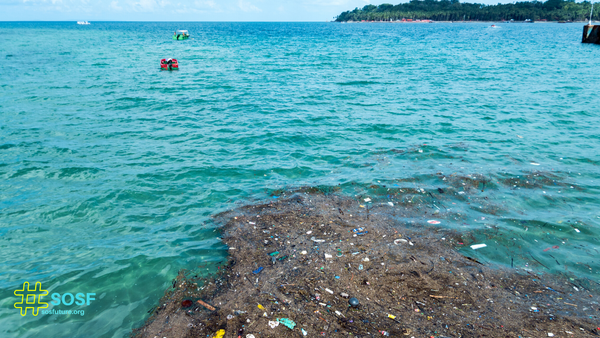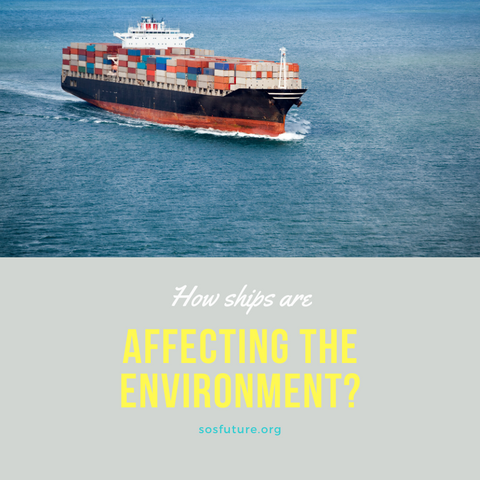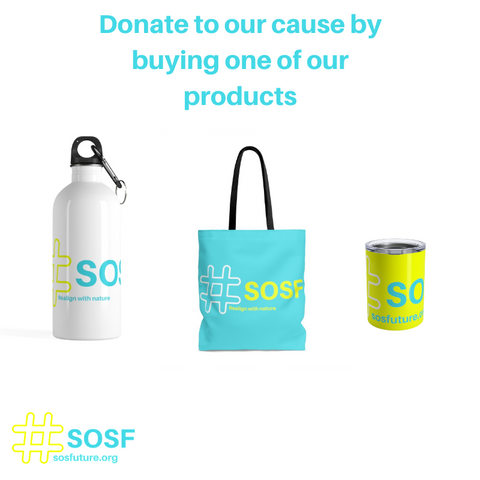
Because only 20% of the plastic used on earth is actually recycled despite an increasing amount of production. Unfortunately, it takes centuries for plastic to breakdown, causing a tragic case of damage and pollution in our oceans and we don’t have all that time. An understanding of the nature of plastic and how it breaks down is critical to be able to combat plastic damage to the earth and oceans.
This article takes a more in-depth look at what happens to plastic trash that is not recycled, and it answers the question about whether or not plastic breaks down to chemicals that can safely be reabsorbed into the environment.
What happens to waste plastic?

Several attempts to bring awareness to the environmental dangers of waste plastic has shown polluted and clogged waterways as well as drainage systems. But, that does not fully explain what happens to all the plastic we throw away in the trash.
Firstly, not all of the plastic disposed of gets sorted out and recycled or reused; statistics show that only 20% is recycled. Leaving 80% that are either buried or flushed into the ocean. There are only two ways that the 80% non-recycled plastic can breakdown. These are through photo-degradation and biodegradation.
Only plastic exposed to sunlight can undergo photo-degradation. The only exposed plastic are those flushed into the oceans and not those buried. Burred plastic that only has the option of biodegradation by bacteria or fungi produced by micro-organisms. Unfortunately, the complex nature of the bonds of plastic hinders the ability for these living organisms to break them down. Hence, buried plastics might not even biodegrade after centuries.
With our hopes turned to photo-degradation, it would seem like our plastic problems should be easy to solve since most of the plastics end up in the ocean anyways. Unfortunately, occurrences of dead fishes turning up on our shores with the cause of death being ingestion of some plastic waste beg to differ. They are not breaking down fast enough. Even the ones that eventually get broken down do not do so to a safe, absorbable form. So, what happens to photo-degraded plastic?
What is 'plastic breakdown?'
 Photo-degradation of plastic: UV rays of light is used to breakdown plastic through a method referred to as 'photo-degradation.' This process can be mimicked in a lab or facilitated by prolonged exposure of the plastic to sunlight. A closer look at what happens during this process is; after a while, the light can breakdown the strong bonds of plastic. Resulting in further decomposition.
Photo-degradation of plastic: UV rays of light is used to breakdown plastic through a method referred to as 'photo-degradation.' This process can be mimicked in a lab or facilitated by prolonged exposure of the plastic to sunlight. A closer look at what happens during this process is; after a while, the light can breakdown the strong bonds of plastic. Resulting in further decomposition.
Additives added during the manufacture of plastics help to preserve their life cycle. As if the complexity of the molecular chain is not a problem enough when it comes to decomposition, these additives make the job a lot harder. It is important to note that these additives are added to foster durability and prolonged usage and life cycle, which is excellent when it is in use. But with a closer look at what happens beyond the usage of plastic, the durability becomes a disadvantage because the effect of those additives need to be broken down before any proper decomposition of plastic can happen. Additives mean longer plastic exposure time that we can’t afford.
Researchers found out that, photo-degradation of plastic can occur in a year when they are in warm oceans. Unfortunately, when plastic eventually gets broken down by light, it does not become environmentally safe. What happens is that the molecular chain is broken down, allowing decomposition of large, visible plastic matter into microplastic. Microplastic is only a fancy name for tiny plastic particles.
Even after waiting centuries for plastic to finally breakdown, it doesn’t disappear nor become safely absorbed. It just becomes teeny weeny bits of plastic. These microplastics are still as harmful and plastics that are yet to be broken down. They contain environmentally toxic chemical constituents that are harmful to both water and land animals.
Controlled photo-degradation makes it possible to reuse microplastic as plastic fibers. The plastic fabrics eventually face wear and tear from usage. With wearing out of plastic fabrics, toxic microfibers are once again released into the environment. So, when it comes to photo-degradation, we are stuck in a cycle of toxicity, and the impact is only delayed until it is finally released back to the environment.
Humans can easily ingest the toxic chemical constituents of microplastics. Microplastics, are carried by the oceans and are ingested by fishes which quickly makes its way up the food chain to be consumed by humans; even if you are vegetarian. As microfibers, they are present in the air as well as the water.
The result is poorer health and gradual eradication of our species. Our only hope now becomes control of plastic production and biodegrading already existing plastic.
Biodegrading plastic
With the harsh reality of what happens during the plastic breakdown, a lot of effort has gone into research on how to biologically breakdown plastic. The result of the study includes biodegradable plastic, a bacteria discovered to be able to decompose plastic and a mutant enzyme with the probability of being optimized to breakdown plastic.
- Biodegradable plastic: Biodegradable plastics are either plant-based or petroleum-based. What makes them different is that the safety of the environment is a paramount consideration during production. A plant-based biodegradable plastic (PLA) has the shortest time for decomposition. However, biodegrading requires a controlled environment to make sure the plastic undergoes the three stages of decay. After which, it is finally converted to methane and carbon dioxide, which are environmentally safe. Without a controlled environment, biodegradable plastic is as harmful as any other plastic.
- Although yet to be implemented and replicated, Daniel Burd’s discovery that particular bacteria might have the ability to decompose plastics safely is a lead in the field of plastic biodegradation.
In addition to that, an enzyme able to breakdown plastic by a team of Japanese researchers is a positive lead. Although in its early stages, the team expects that the enzyme can be optimized to achieve a complete decomposition. In summary, biodegrading plastics is yet to get to the stage of solving the crisis of plastic pollution.
In conclusion, a global sensitization is necessary to encourage people to choose recyclable products. It can only be achieved when people fully understand the danger of the situation. Plastics are dangerous even when they are said to be broken down. They don’t become any less toxic with break down; instead, it becomes easier for the toxicity to seep up the food chain.
TO HELP US CONTINUE WITH OUR MISSION YOU CAN:
Thank you, thank you, thank you, we could not do it without you!
DONATE :
BUY ONE OF ECO-FRIENDLY PRODUCTS:
YOU MAY ALSO LIKE:

ALSO DISCOVER:
How Recycling helps the environment
Pollution and ways to prevent pollution
How to be More Eco-Friendly
How Bad Are Pollutants Affecting The Ecosystem?
How To Compost At Home?
What you need to know about plastic breakdown
How ships are affecting the environment
How To Detect Shark In Our Daily Products?
20 Zero Waste Resolutions For 2020
The Alarming Effects Of Pollution On Coral Reef





Why not launch plastic garbage into the sun?
I would like to believe there’s a better (long term) organizational solution that starts at the consumer level. I.e. more, individual bins in homes with a service to transport different types of plastics to advanced de-production stations with specific processes for breaking down and truly recycling materials. The hardship in any direction we go is the unified efforts of consumers. Possibly an incentivization would encourage those not interested in ecological concerns to become more interested in figuring out the recycling issue?
Tysm!